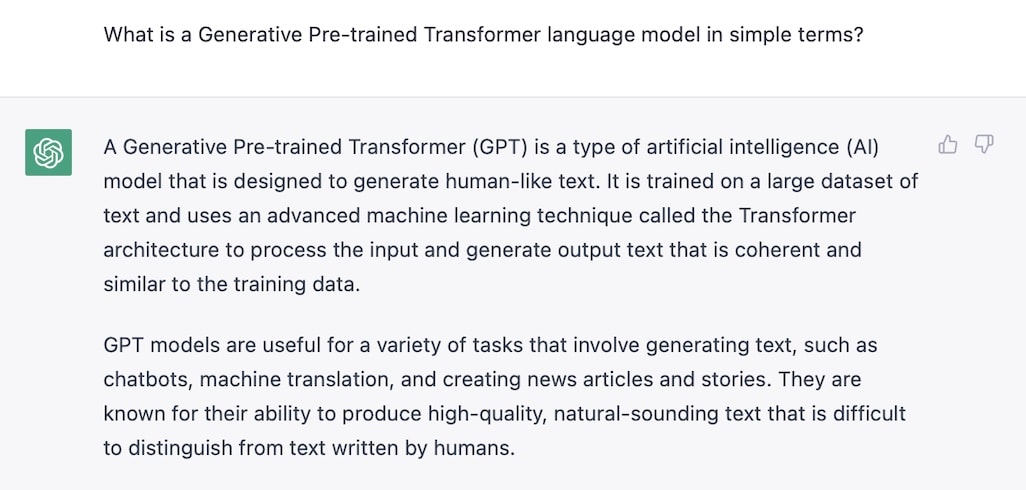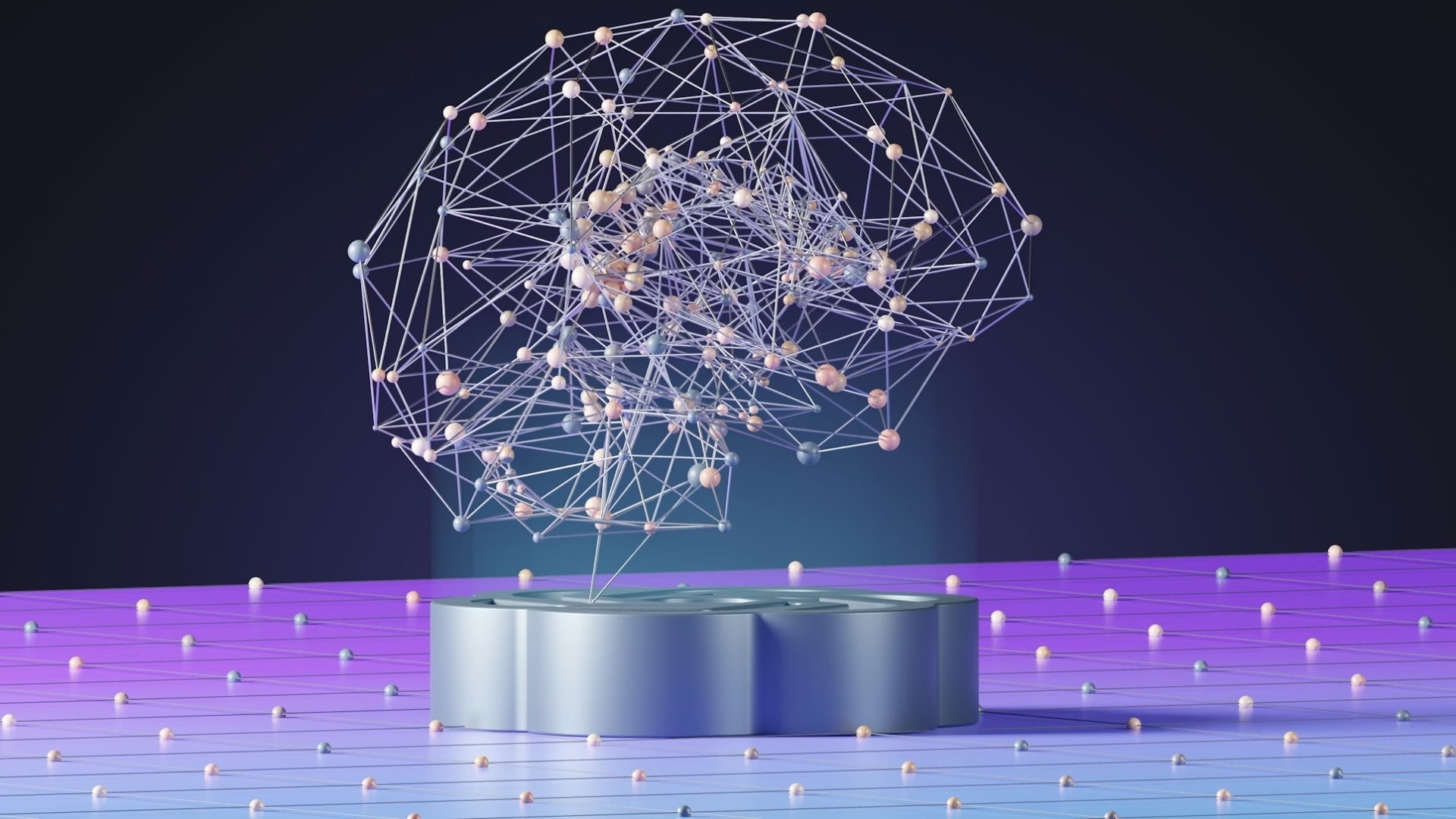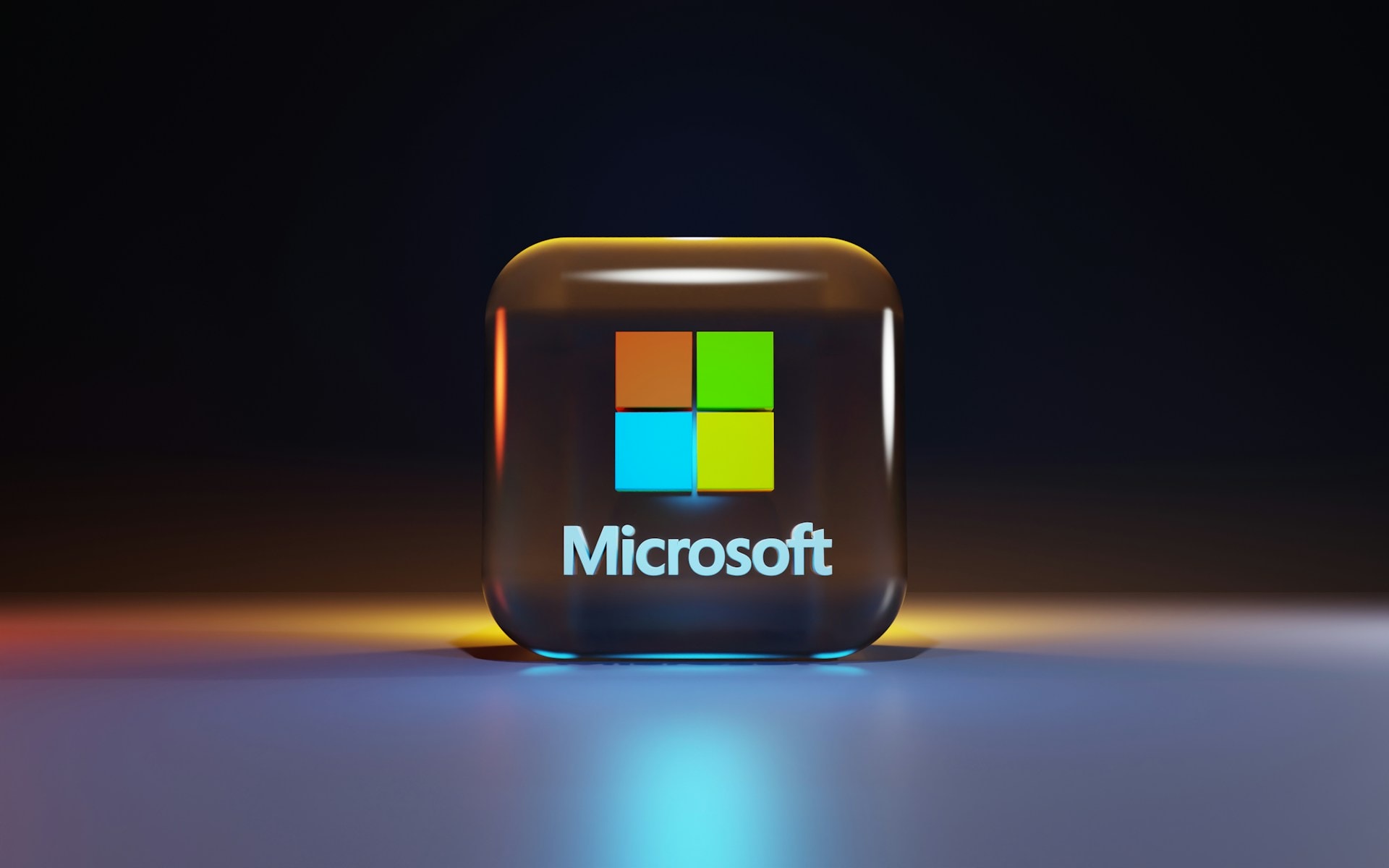ChatGPT – OpenAI’s human-like AI chatbot – can already help generate better ideas, reply to your emails faster, and come up with a birthday message to write in your colleagues card that’s much funnier than anything you, or your “Happy Birthday, I hope you have a lovely day!” coworkers could have thought of.
But although no official news has come out yet, some are predicting that OpenAI may be about to drop an upgraded version of the language model that ChatGPT uses arise, the chatbot’s sophisticated capabilities may be about to expand even further.
At present, ChatGPT uses a third-generation language model called “GPT-3” to form its intelligent, eloquent and helpful responses to user prompts. The expected new language model is called “GPT-4,” and is the fourth-generation language model to come out of the Silicon Valley research labs.
ChatGPT amassed over 1 million followers in under a week after release, and is officially the fastest growing tech platform in history.
But, according to some experts, the current GPT-3 version of ChatGPT could be described as an amuse bouche in comparison to the GPT-4 main course version we’re about to be served.
Currently, GPT-3 has 175 billion parameters, which is 10x faster than any of its closest competitors. GPT-4 is rumored be about 100 trillion parameters. pic.twitter.com/HlP4fvAfdQ
— AI Breakfast (@AiBreakfast) November 21, 2022
What is GPT in a nutshell?
GPT, or “Generative Pre-trained Transformer,” is an AI language model that is able to answer questions and generate conversational text from user prompts. To form its eloquent answers, GPT sources information from the internet data it was trained on, from which it formulates a human-like reply in seconds.

OpenAI aims to release artificial general intelligence (AGI) that is safe and brings benefit to all humanity.
Recently valued at just under $30 billion, OpenAI has been developing and releasing successive iterations of large language models for a few years now, with the currently used model, GPT-3, released in 2020, and its predecessors, GPT and GPT-2, released in 2018 and 2019 respectively.
GPT-4 is expected to be the most advanced language model yet, with upgrades from its predecessors.
How does GPT-3 perform on an actual IQ test?
UCLA published findings on how various Language Models performed on analytical reasoning questions against an average college applicant.
The AI was the clear winner. 🧵 pic.twitter.com/pVM1hLde7H
— AI Breakfast (@AiBreakfast) December 27, 2022
Could GPT-4 be as complex as the human brain?
The capability of a language model like GPT is quantified in the number of “parameters” the model possesses.
One way to understand this better is to think of parameters like neurons in the brain; every successive version of the GPT model gets a bigger and more complex brain, capable of carrying out faster and more complex tasks due to increased connectivity.
Though there is still some debate within the community as to what kind of quantifiable changes we will see in terms of the new GPT-4’s size, some initial predictions suggest that GPT-4 might have as many as 100 trillion parameters (a 100-fold increase on GPT-3) in total.
Related Articles: ‘I am a Machine, With no Soul or Heart’: An Interview With Artificial Intelligence | Google vs. ChatGPT: Who Really Knows Best? | ‘The Art of Trending’: AI Creates Artwork From Topics Trending on Twitter | Should Artificial Intelligence Be Allowed Human-like Feelings?
This number of parameters is roughly equivalent to the number of neuronal connections present within the human brain. This is impressive in itself, but even more so when you consider that as humans we don’t actually use the full capacity of our brains.
Some have also predicted that GPT-4 will bring with it “multimodal” capabilities, meaning that the fourth-generation ChatGPT could be capable of working with images, videos and other forms of multimedia as well as text. ChatGPT-4 is expected to become sophisticated in many different ways.
Redefining the AI landscape
As well as fueling progress, some concerns have also been raised around the potential misuse of the AI, like with any advanced technology. For example, some schools have chosen to ban ChatGPT for fear of it being used to cheat on homework, ethics questions have been raised around the potential for it to create negative content, and concerns have also started circulating about cybercriminals using ChatGPT.
However, though the full scope of potential applications for GPT-4 is yet unknown, there are some general predictions of the potential benefits and applications of GPT-4 that could begin to gain ground in 2023.
To start with, Microsoft have announced the inclusion of a new ChatGPT feature within their search engine, Bing.
also, once a technological revolution starts, it cannot be stopped. but it can be directed, and we can contintually figure out how to make the new world much better.
— Sam Altman (@sama) December 18, 2022
Furthermore, climate change, banking and health care have all been floated as potential areas which could benefit from the incorporation of GPT-4 into their industrial workflows this year, most notably via:
- Expedition of decision-making processes to reduce emissions and accelerate the green transition;
- Better access to information on finance, investment and loans for banking customers;
- Providing doctors with support in making complex multi-symptom diagnoses.
These suggestions are really just the tip of the iceberg though, there are sure to be many far-reaching applications of GPT-4 after its release. GPT-4 is expected to bring exciting new capabilities, the full extent of which we will have to wait and see as it is rolled out.
— —
Correction: This article has been updated since publication to remove repetitive statements; rephrase the title into a question; amend the subtitle and introduction to remove company names to avoid unfair assumption; remove paragraphs mentioning band names, companies, and the global economy, as well as full section on companies due to information being either unrelated or to avoid potential unfair assumption; clarify ChatGPT’s impact and OpenAI’s mission; and to significantly shorten conclusion to clarify the expected significant of GPT-4.
Editor’s Note: The opinions expressed here by the authors are their own, not those of Impakter.com — In the Featured Photo: Artwork depicting a large language model. Featured Photo Credit: Tim West/Deep Mind/Unsplash














